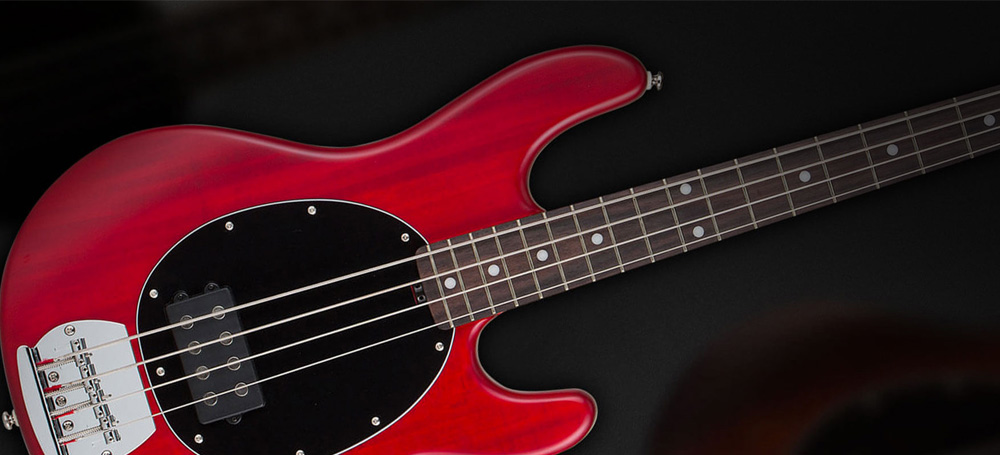
Let’s take a I, IV, V in the key of E with Figure A as a starting point. Crotchets are a good idea to get used to playing and hearing the chord changes. Try to count the bars and get a feel for where they change, so when you add some more variation to these parts, you’ll still know where you’re up to in the chord progression.
Figure B keeps the crotchet idea but adds an arpeggio to each chord, creating a walking bass line sound. This type of bass line is super common in blues, rock and jazz and adds a feeling of movement rather than just sitting on the root note of each chord.
As a variation, try Figure C, which introduces quavers to the mix. Played straight it can be used for rock and blues, but it’s also worth trying with a swing/shuffle feel, which can work in jazz and blues. Aim for a bouncy long/short feel with your quavers to really get it moving.
So far these are fairly simple patterns and ideas, so let’s leave you with one that’s a little more involved. There are tonnes of variations on these, as well as variations on the chord progression itself, so make sure you explore other sounds, versions and styles! Figure D sticks with our 12-bar blues in E, but adds some variation to the arpeggios with chromatic lines to join some of the chords. As mentioned there are lots of variations on these arpeggios and variations to the 12-bar blues form, so we’ll expand a little on them next issue to stretch the blues sound a little!







